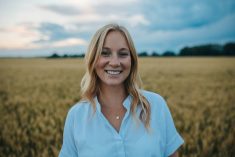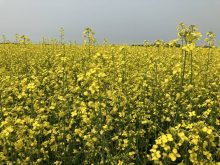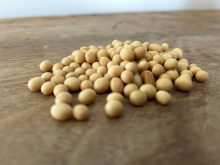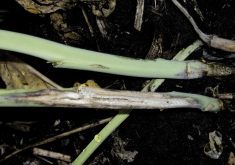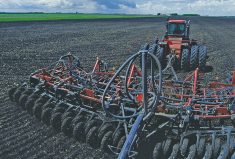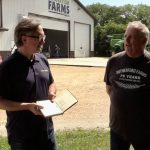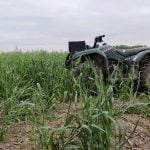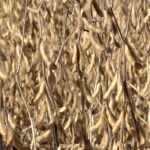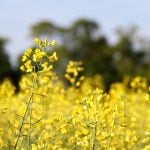It was a year when breaking the rules paid off for canola producers.
Seeding deep and seeding late frequently produced better results than seeding early and shallow, which is rarely the case. And reseeding paid off, too.
“There were a lot of things that worked this year that I hope you don’t do next year,” Dan Orchard, an agronomist with the Canola Council of Canada, told producers here.
- More on the Alberta Farmer: The clubroot onslaught continues — but there is some hopeful news
Read Also
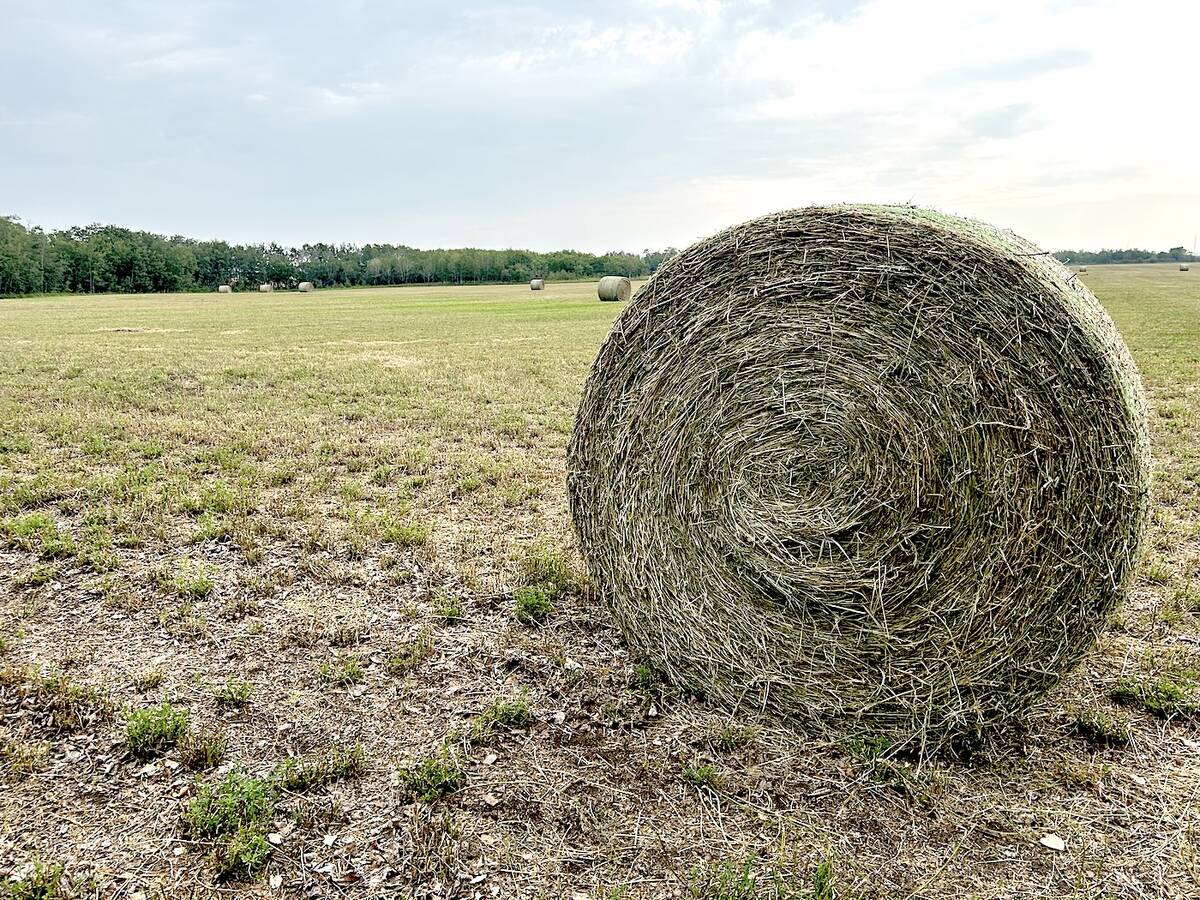
Alberta has adequate feed supplies going into winter
Hay yields across Alberta were varied, but one expert says feed supplies are in strong supply for Alberta producers for the upcoming winter.
After slow establishment and a dry start to summer, most canola crops were looking pretty ugly on July 1. Yet somehow, most bounced back.
“I still think it was surprising and shocking and defied the laws of science a little bit with the amount of rain we had and the yields we got,” said Orchard.
Reseeding was another surprise.
“When we advise against reseeding, we usually tie it to economics,” he said. “It was my understanding that growers could get free seed somehow to reseed this year. Some were even making money on reseeding. Typically, leaving a canola crop that has two or three plants per square foot is better than reseeding. But that didn’t happen this year.”
Everyone had a different reason for why reseeding seemed to work.
Entomologists speculated that reseeded or late crops fared better because they outgrew the insect pressure. Fertility experts figured canola seeded at the regular time might have been burned by fertilizer and so reseeded crops looked better in comparison. Disease specialists said the soil warmed up and there was not as much seedling disease in late-seeded or reseeded crops.
“It’s probably a combination of all of these things to some degree,” said Orchard.





